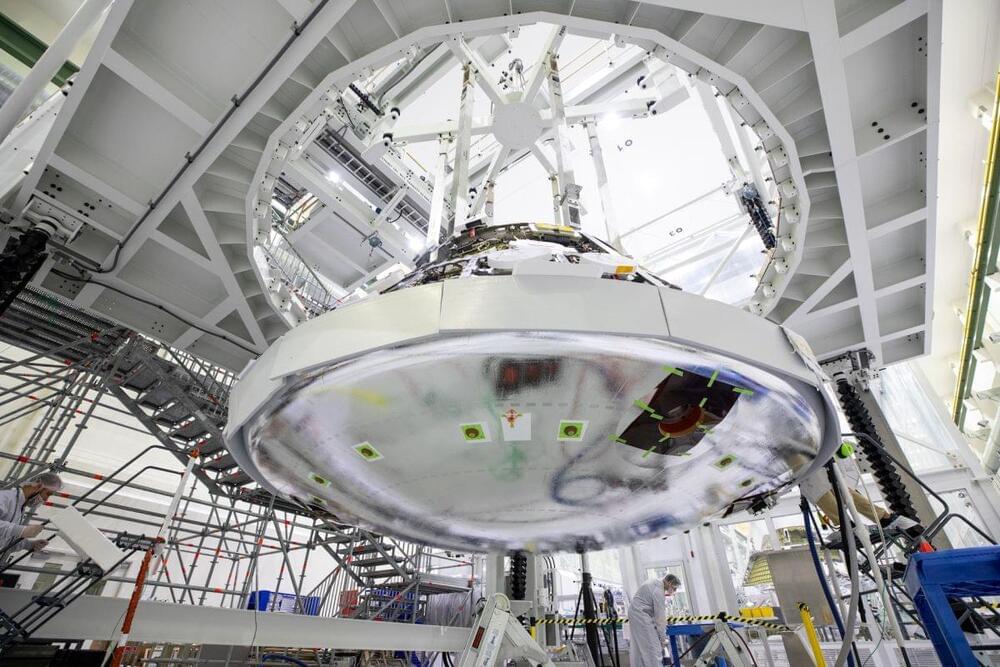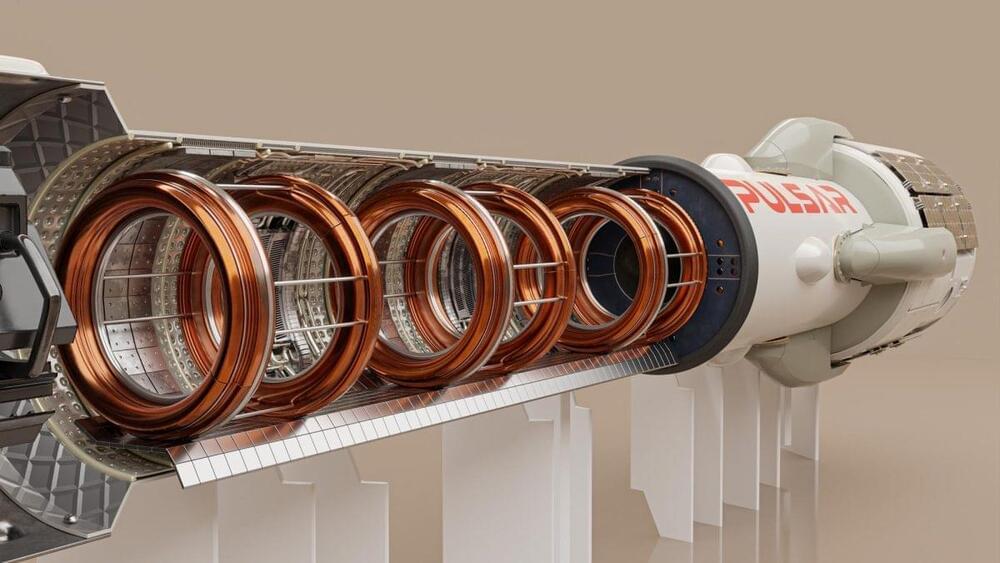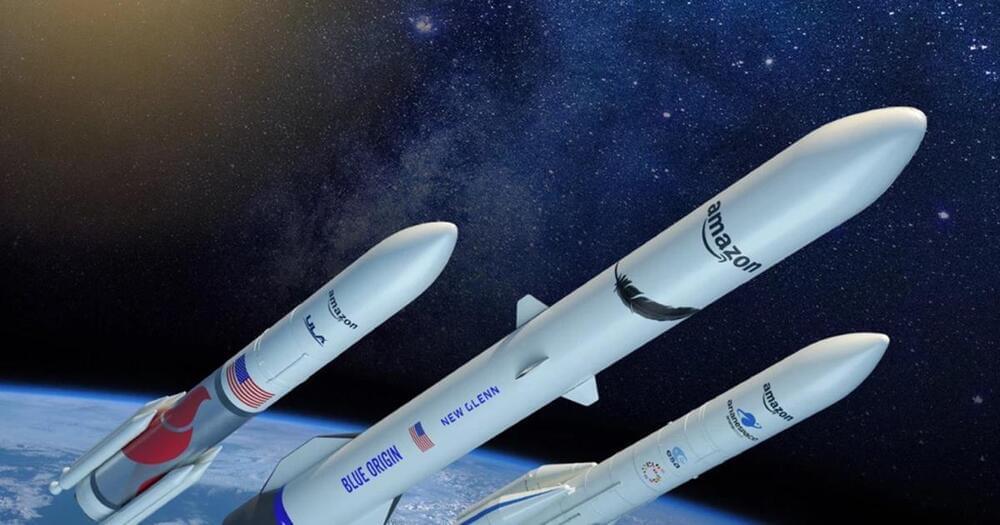It will also reduce travel time to Saturn’s moon Titan to just two years.
Pulsar Fusion, a UK-based space firm, is building a nuclear fusion-based rocket engine that could exceed temperatures on the Sun. The construction of the largest-ever fusion rocket engine has begun, and its exhaust speeds could exceed 500,000 miles per hour.
Nuclear fusion has long been proposed to answer our energy and climate change woes as it promises a cleaner power source. Inspired by the Sun, scientists have been working to build nuclear fusion reactors and have succeeded in generating record-high temperatures but not more energy than they have put in.





